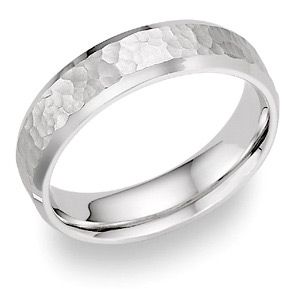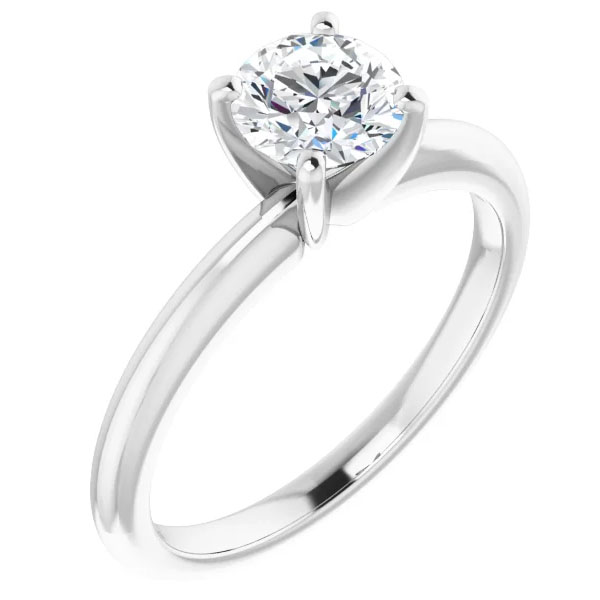Platinum Properties: What Makes The Precious Metal Shine?
 What makes platinum so special? A number of platinum properties set this precious metal apart, and in many ways above, its counterparts.
What makes platinum so special? A number of platinum properties set this precious metal apart, and in many ways above, its counterparts.
Platinum is extremely rare—it’s 30 times less common than gold and it occurs in just five parts-per-billion in the earth’s crust. Its scarcity makes it a sought-after material for fine jewelry, but the benefits of platinum go far beyond the simple fact that there’s not a lot of it to go around.
Platinum takes the term “precious metal” to a whole new level, and the platinum properties that make it a sought-after material for jewelry are numerous. Several of these properties are associated with this metal’s prized natural white color:
- Platinum doesn’t cast any color of its own onto a diamond or another stone.
- It never fades.
- It never tarnishes.
- Unlike white gold, to which other metals are added to remove its yellow color, platinum is white in its natural state.
Platinum is more dense than gold. If you were to compare two identically-designed rings, one made of platinum and one made of 14k white gold, the platinum ring would weight 60 percent more. Because of that, several other platinum properties hold true:
- It doesn’t change shape over time.
- It holds gemstones securely.
- It’s resistant to wear.
- It requires a high level of craftsmanship
Platinum is also naturally hypoallergenic, making it ideal for individuals with sensitive skin.
All of these platinum properties are beautifully evident in Apples of Gold’s collection of platinum wedding bands for both men and women. Platinum has been called “eternal” and places added emphasis on the unending love symbolized by the wedding ring. From plain, hammered and knife-cut bands to more elaborate braided, Celtic and designer rings, platinum is the perfect medium to represent lifelong love.
 Apples of Gold’s platinum wedding bands are made with 950 grade platinum, the highest grade available for wedding rings. This grade denotes that a piece is made with at least 95 percent platinum. Since pure platinum is a bit soft for jewelry, platinum is alloyed with small amounts of other harder metals to give it increased durability and resistance to wear.
Apples of Gold’s platinum wedding bands are made with 950 grade platinum, the highest grade available for wedding rings. This grade denotes that a piece is made with at least 95 percent platinum. Since pure platinum is a bit soft for jewelry, platinum is alloyed with small amounts of other harder metals to give it increased durability and resistance to wear.
Platinum is precious for many reasons, not the least of which is its appeal to those who appreciate fine jewelry that will stand the test of time. The platinum properties that make this metal shine when stacked up against other materials will keep it shining on your finger year after year.











